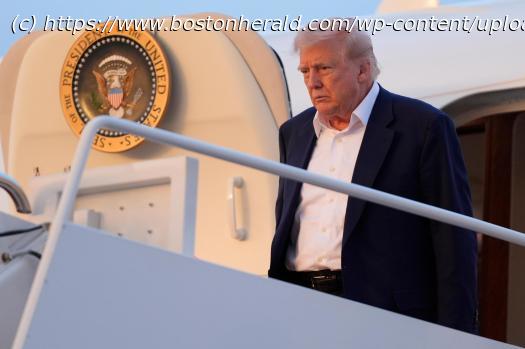President Donald Trump is threatening to levy all films made outside the U.S. at a steep rate of 100%. A lot remains unclear about how an import tax on international productions could even be implemented.
President Donald Trump is eyeing Hollywood for his next round of tariffs, threatening to levy all films produced outside the U.S. at a steep rate of 100%.
Over the weekend, Trump accused other countries of “stealing the movie-making capabilities” of the U.S. and said that he had authorized the Commerce Department and the U.S. Trade Representative to immediately begin the process of implementing this new import tax on all foreign-made films. But further specifics or dates weren’t provided. And the White House confirmed that no final decisions had been made as of Monday.
Trump later said that he would meet with industry executives about the proposal but a lot remains unclear about how an import tax on complex, international productions could even be implemented.
If imposed, experts warn that such a tariff would dramatically hike the costs of making movies today. That uncertainty could put filmmakers in limbo, much like other industries that have recently been caught in the crosshairs of today’s ongoing trade wars.
Unlike other sectors that have recently been targeted by tariffs, however, movies go beyond physical goods, bringing larger intellectual property ramifications into question. Here’s what we know.Why is Trump threatening this steep movie tariff?
Trump is citing national security concerns, a justification he’s similarly used to impose import taxes on certain countries and a range of sector-specific goods.
In a Sunday night post on his social media platform Truth Social, Trump claimed that the American movie industry is “DYING to a very fast death” as other countries offer “all sorts of incentives” to draw filmmaking away from the U.S.
Trump has previously voiced concern about movie production moving overseas. And in recent years, U.S. film and television production has been hampered between setbacks from the COVID-19 pandemic, the Hollywood guild strikes of 2023 and the recent wildfires in the Los Angeles area. Incentive programs have also long-influenced where movies are shot both abroad and within the U.S., with more production leaving California to states like Georgia and New Mexico — as well as countries like Canada.
But unlike other sectors targeted by Trump’s recently-imposed tariffs, the American film industry currently holds a trade deficit that’s in the U.






